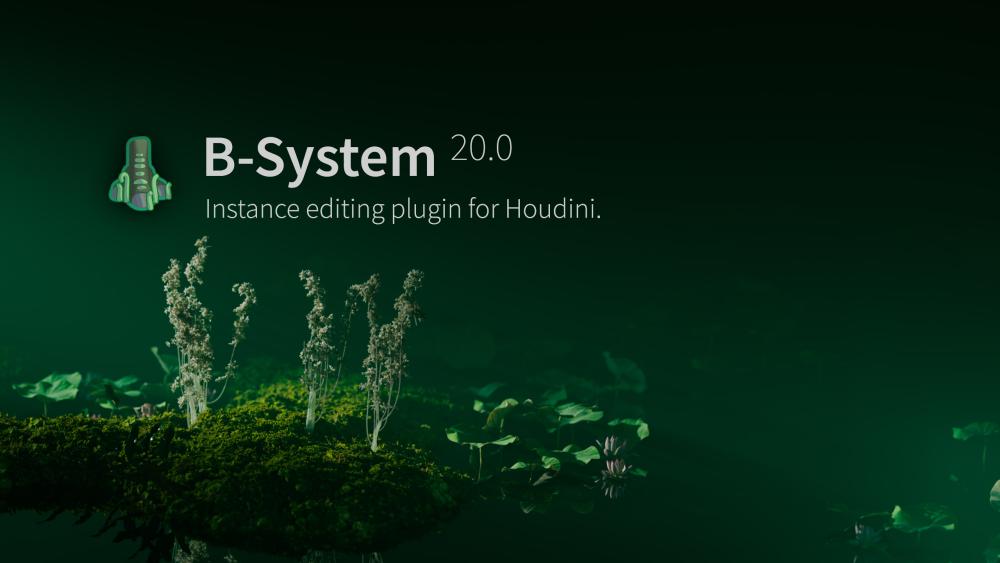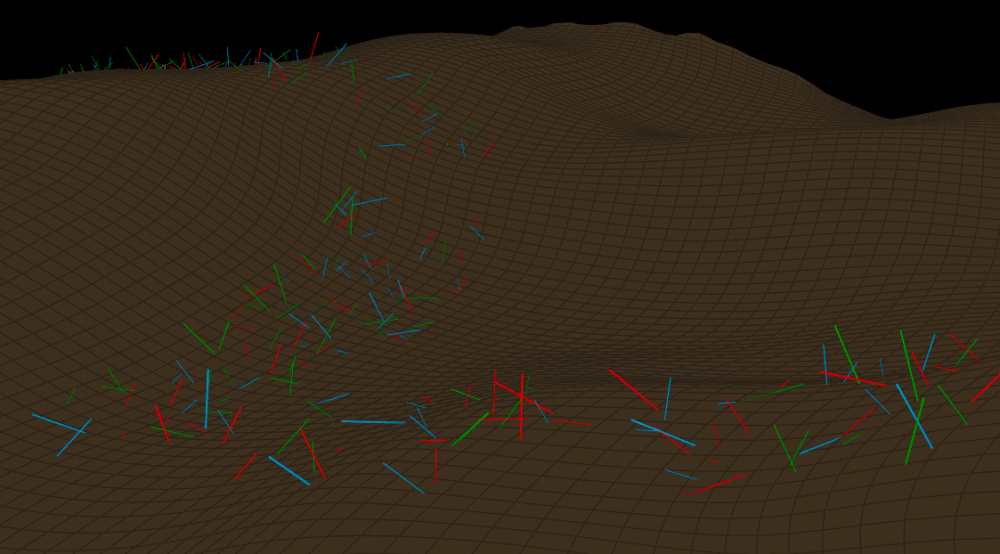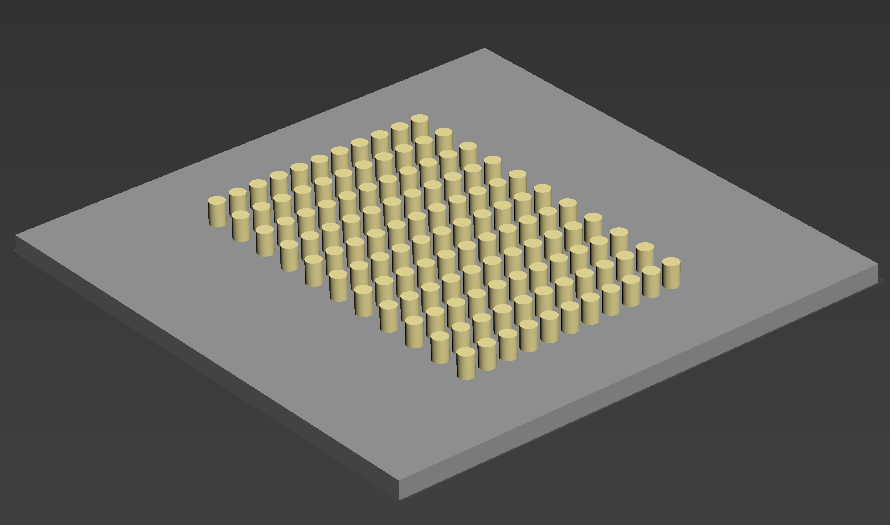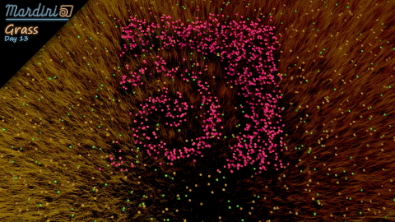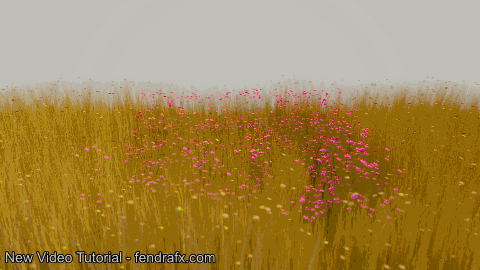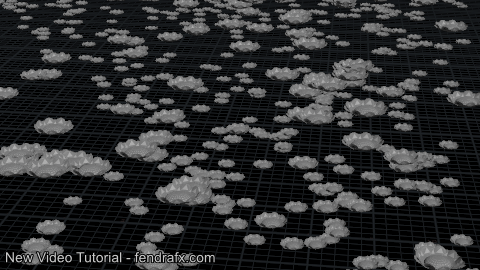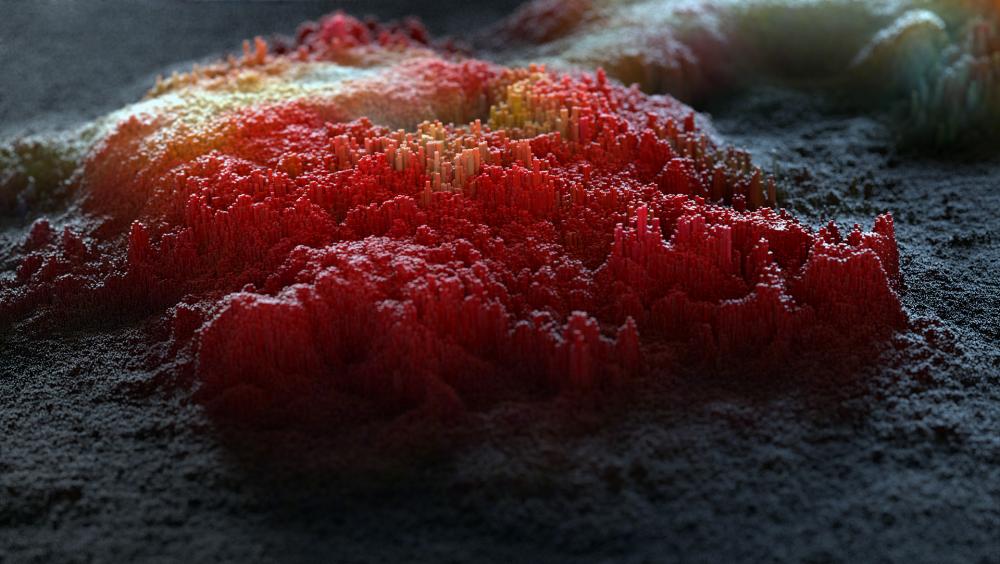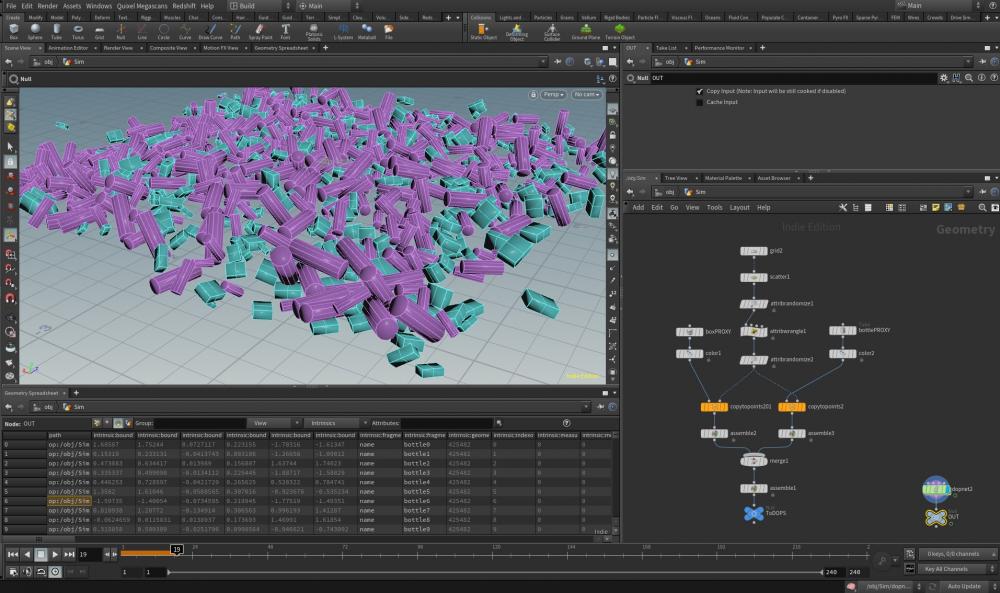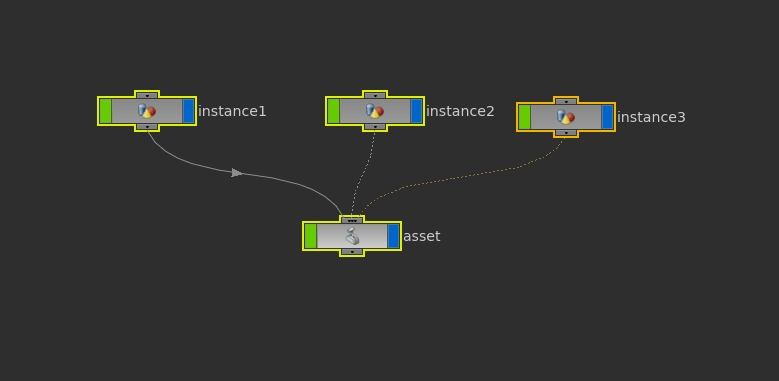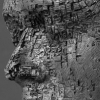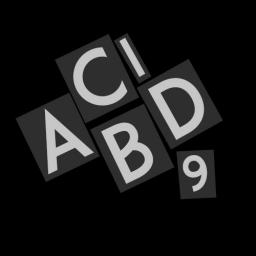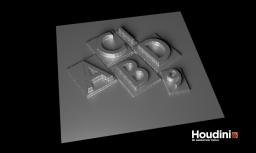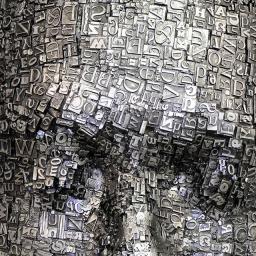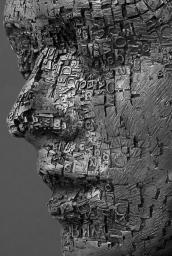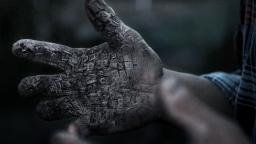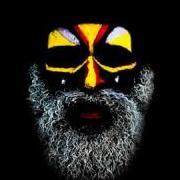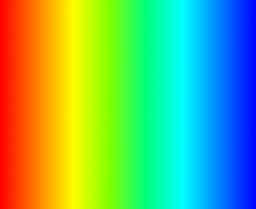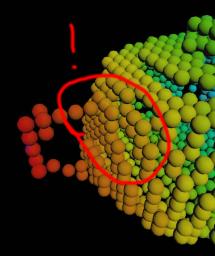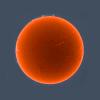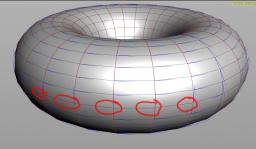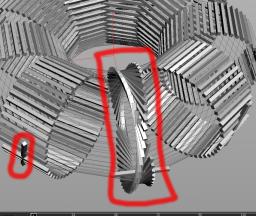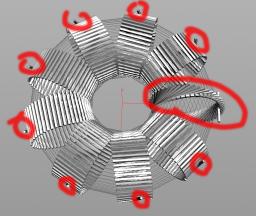Search the Community
Showing results for tags 'Instances'.
-
Available at GUMROAD: https://ae43ae43.gumroad.com/l/bahri B-System is a SOP node editor for instances, much like a Copy To Points node with an integrated editor that lets you add, delete and move pieces directly in the viewport. Key Features: Viewport UI with handles and transform tools inspired by Blender, making editing a lot more direct and ergonomic compared to using native Houdini tools. A palette for picking instances straight in the viewport, and a workflow for defining assemblies and reusing them to build detailed compositions of instances. Automatic hierarchy when placing instances onto other instances, creating a branch-like network that allows hierarchy driven selection and editing. B-System is intended as a quality-of-life enhancer and integrates well with standard Houdini workflows. It condenses a lot of utility otherwise scattered across multiple nodes and focus them into a single interface. Reducing clicks and giving direct control over instances in a SOP context. Tutorials Viewport, handles and editing Node usage, palette and assemblies Geometry, attributes and groups Examples and use cases Docs https://github.com/aeaeaeaeaeae/bsystem
-
Found an annoying problem recently in regards to rendering .ass files with instanced packed alembics. So the basic set up is packed alembic geometries being sent through a "Copy to Points" sop and are packed and instanced. These are then being manipulated a bit, and then being sent through an Arnold ROP to export a .ass file. These .ass files are then being sent to Maya to render and they have rendered great. The issue I have discovered is after I pack and instance my packed alembics. I added a little processing to the "transform" prim intrinsic to give the instances a little rotation and scale the instance from 0 to 1. Rotating the instances through the "transform" prim intrinsic works great and renders fine. However, scaling the "transform" prim intrinsic matrix causes the render to send the instances to go all over the place randomly. The Houdini viewport shows the instances scaling correctly, but after exporting the .ass and rendering in Maya the instances go all over the place randomly. This is all I am doing to scale the instances. f@grow is just an animated attribute to drive the scaling of the instances. matrix3 transform = primintrinsic(0,"transform",@primnum); matrix3 scaleMatrix = ident(); scale(scaleMatrix,set(f@grow,f@grow,f@grow)); setprimintrinsic(0,"transform",@primnum,transform*scaleMatrix); Does anyone have any experience with this? I cant upload a file just yet because its a work thing, but its possible I can recreate it. This is really driving me crazy so any suggestions would be great to just try something fresh!
-
Hi, I am in the process of setting up a sky full of clouds - using VDBs. I have set up an early proof-of-concept test, can render it, and it all works out of the box. What I'm struggling with is how to maximally optimize it. I have seen an Arnold setup in Houdini, similar to mine, with 3000 cloud objects - using ass files and rendering an HD1080 frame in around 5 minutes, and using less than 100Mb of memory. Pretty efficient! My Redshift test, has a similar number of VDBs exported out as a single rs proxy which is then instanced across scattered points on a grid. I expected this to speed up the rendering process significantly. Sadly, it actually takes over 4 hours at the same resolution and uses more than 5Gb of memory! What I want to do is leverage the power of proxies and instancing to render this setup and at least match what can be done in Arnold - Redshift is after all a definitively faster render engine. Does anyone know an efficient and effective workflow for this type of solution please? I feel like I've missed something here; as usually Redshift is very fast. Many Thanks, Scott
-
With the help of both the Redshift community and resources here, I finally figured out the proper workflow for dealing with Redshift proxies in Houdini. Quick summary: Out of the box, Mantra does a fantastic job automagically dealing with instanced packed primitives, carrying all the wonderful Houdini efficiencies right into the render. If you use the same workflow with Redshift, though, RS unpacks all of the primitives, consumes all your VRAM, blows out of core, devours your CPU RAM, and causes a star in nearby galaxy to supernova, annihilating several inhabited planets in the process. Okay, maybe not that last one, but you can't prove me wrong so it stays. The trick is to use RS proxies instead of Houdini instances that are in turn driven by the Houdini instances. A lot of this was based on Michael Buckley's post. I wanted to share an annotated file with some additional tweaks to make it easier for others to get up to speed quickly with RS proxies. Trust me; it's absolutely worth it. The speed compared to Mantra is just crazy. A few notes: Keep the workflow procedural by flagging Compute Number of Points in the Points Generate SOP instead of hard-coding a number Use paths that reference the Houdini $HIP and/or $JOB variables. For some reason the RS proxy calls fail if absolute paths are used Do not use the SOP Instance node in Houdini; instead use the instancefile attribute in a wrangle. This was confusing as it doesn’t match the typical Houdini workflow for instancing. There are a lot of posts on RS proxies that mention you always need to set the proxy geo at the world origin before caching them. That was not the case here, but I left the bypassed transform nodes in the network in case your mileage varies The newest version of Redshift for Houdini has a Instance SOP Level Packed Primitives flag on the OBJ node under the Instancing tab. This is designed to basically automatically do the same thing that Mantra does. It works for some scenarios but not all; it didn't work for this simple wall fracturing example. You might want to take that option for a spin before trying this workflow. If anyone just needs the Attribute Wrangle VEX code to copy, here it is: v@pivot = primintrinsic(1, “pivot”, @ptnum); 3@transform = primintrinsic(1, “transform”, @ptnum); s@name = point(1, “name_orig”, @ptnum); v@pos = point(1, “P”, @ptnum); v@v = point(1, “v”, @ptnum); Hope someone finds this useful. -- mC Proxy_Example_Final.hiplc
- 13 replies
-
- 10
-

-

-
- instancing
- proxies
-
(and 3 more)
Tagged with:
-
Hi, This is a test export from 3dsMax. The Tubes are instanced. I can export them as fbx file and import them back into 3dsMax while preserving the instances, since fbx format supports instancing. Is there a way to import the fbx file into houdini and preserve the instancing somehow? I know instancing in houdini works very different, and with that example geometry it looks like it doesn´t make a lot of sense. But i also have to import more complex machines from CAD data and there it would be nice to have for example all screws still instanced. kind regards jon instance_3.FBX
-
Hi guys, I need help about optimizing my scene. I use a copystamp with offset attribute to instance animated object. all is fine with less than 100 object but i need to increase to about 1500 object and then i can't render.. How could I convert this kind of setup with vex approch or toher to light and render my scene? Thank you for helping. N. CopyStamp.hip
-
Free video tutorial can be watched at any of these websites: Fendra Fx Vimeo Side Fx Project file can be purchased at Gumroad here: https://gumroad.com/davidtorno?sort=newest
-
I have a simple geo i instance on a bunch of points using copytopoints SOP. i would like each of the instanced object to be assigned a specific texture from a folder. 1 ) i have a string attribute of the path to the corresponding image for each point. 2) i promote it to primitives after the copytopoints 3) i use material override basecolor texture the problem is an error pops saying unable to load texture or "libpng error: Not a PNG file"
-
Hi All! I have a VEX problem,I have a point cloud and I use it for instancing various objects to it. I would like to search all points in a radius and replacing the identical instances to an another what is not there. Like this I could get a nicer variation because the same instance would not be placed next to each other. My theory was this : - using pcfind search all points in a radius and put the variations into an array - remove the source point value from the array - pick a random one from the array and replace the identical neighbours - run through this on all points my vex code : int pts = pcfind_radius(1, “P”, “pscale”, 0.0, 1 , 4, 5 ); string instance_array = s@unreal_instance; removevalue(instance_array, s@instance); foreach(int pt; pts) { string instance_string = point(0, “instance”, pt); removevalue(instance_array, instance_string); if(s@instance_string == instance_string) { s@instance_string = instance_array; } } For some reason something does not work and If someone could help me that would be amazing ! Thanks a lot ! Karoly Attachments: instanceInRadius.hiplc
-
Hi. Need help ! I am instancing redshift proxy object (Human character with primitive groups like shirt, pant, skin.. etc ) using "instancefile" attribute and using stylesheet to render it. I am not able to access subtargets and randomise any material parameter (like randomising basecolor of subtarget shirt or pant). I am able to do this using mantra and stylesheet but similar approach (targets and subtarget) is not working for redshift. In the stylesheet, the Target is set to point instances; I tried accessing primitive groups on the instanced object by adding subtargets to the target but it does not work. Can someone please help me with this. Thanks
- 1 reply
-
- redshift
- stylesheet
-
(and 2 more)
Tagged with:
-
Hi everyone, How can I Varying light parameters across instances with renderman for houdini ? (Rman23.1 Houdini17.5) Houdini's doc say to use that fonction point("/obj/instances", instancepoint(), "Cd", 0) but it don't work on renderman light (It take as result the color of the point n°0) Is there any way to do it ?
-
Hey! I'm looking into a way of doing this sort of abstract models, and I'm copy/stamping cubes on a grid, driving colors from a map and the height of the cubes (from another map + noise) is piped into a copy stamp, it works fine but I find it very slow when the number of copies rises too much, it takes roughly one minute to copy/stamp 1 million cubes. I noticed is not multi threaded so I wonder if there's a smarter/faster/better way of approaching this cheers!
-
I'm hoping this is a fairly simple one, but I'm beating my head against the screen which doesn't seem to help ;-) I'm working on a scene with a large number of various bottles and trays in a simple dynamics simulation. All bottles can be simulated as tubes, all trays as boxes. Simple enough. What I can't seem to work out is an efficient way of instancing high-res bottles, trays etc over the proxy geo. My first idea is using an instance SOP with a 'DOP Import' node to give me the positions, using 'create points to represent objects', then varying the path with s@instance="obj/bottle1" etc; but although the points all seem to transfer fine, with data intact, the instances don't follow the point positions properly - the instances all come in at the origin of the sim and then explode out from there. I'm guessing I need to correct the first p/s/r values for each instance... but that's where I've ground to a halt. Hope someone can help! I'll upload where I've got to if that helps. Cheers -Chris
-
Hi, I have attached a scene file for reference, in the scene, I have fractured a box and used a for each loop to adjust its pivot points and position and again I have used a grid and scattered point to copy it. I have used for each loop to and a copy to points node. My problem is that, all of my fractured geometry gets copied to each point, while I know copy stamp method but is there any other way that I can use to copy each fractured piece coming out of a loop randomly over the scattered points via a copy to points node. Please let me know, I have attached a file below. * Also can you please let me know how to add strings in attribute vop node, suppose I want to create a string called "piece" inside the vop node and add the id or any random number to it and combine both the values as strings and also export it as a string attribute. Thanks copyToPoints.hipnc
- 10 replies
-
- copytopoints
- copyinstance
-
(and 3 more)
Tagged with:
-
Hi everyone, I got an issue with rendering a Lot of Spheres in Octane. I scattered 1 million points on a surface and copied Spheres on it (with the CopyStamp SOP). I packed it but it does not render and crash. Can somebody tell me how i can render Instances in Octane or point out some Informations, i can't figure out how to do it right due im new to Houdini and Octane. Cheers!
-
Hi everyone Wonder in knowing, I am trying to get a kind of loop particles systems, means that when they collide with an object, will recover back their original position and re-simulate creating a loop. Main constraint here is that ptnum must to be constant, cannot die. After this it would allow to set different conditions as reboot when leaves frustrum or after a certain initial age, etc. My only issue is that I arrive at update (in the wrong way for being honest) the velocities to re-do the sim cycle, just that goes in the worng direction, exist a way to make them restart with their initial velocities, attached a HIP file of example. Thanks LoopParticlesTEST.hip
-
How can i measure the bounding box or distance between copys with different scales, so they don't overlap when copied to points or particles? and if i use a particle system how can i feed that data to the particle system so the particles have enough room inbetween so the copys don't interact...
-
Hi guys. I want to create an asset for copystamping which will allow to connect or disconnect SOP inputs. Would be nice if asset allow to use different input numbers of instance at a time (connect/disconnect necessary objects) and switch between instances. I can manually create a CopyStamping asset if I have a static number of inputs and if I know a number of input objects which switch operator will use (basic copystamping technic). I've dug out some info and looks like it's best way to create the asset with a callback scripts. But I'm not familiar with callback scripts and python enough. May be some body can help me with that or have a links for similar solution. Thank you.
-
Hi guys, I'm trying to export some particles with instance to alembic, but when I render this alembic in Maya the motion blur is wrong, the same alembic in Houdini the motion blur is OK. I have a feeling that in Maya each torus is looking at the center of the world. thanks, Eric testParticlesInstanceABCexport3.hip
- 1 reply
-
- particles instances
- particles
-
(and 3 more)
Tagged with:
-
Hello Community, ( I hope that's the right thread for this type of questions.) in the course of my second year studies at the Animationsinstitut in Germany I'm going to shoot a short film showing the metamorphose of a man, whose skin turns into printing press letters. Concept and references: My skill set mainly covers Compositing and the basics of Visual Effects. So I thought to use a project with real deadlines to boost my 3D skills. For some time now I gradually familiarize myself with Houdini. Feels like doing some kind of 3D Compositing. Like it so far. Now I definitively could need some help for the technical realization of the concept. Tutorials on the web are great, but don't cover this particular Effect. As can be seen from the images I want to randomly scatter letters across a surface. So far I experimented with displacement maps but I'm not sure if that's the right approach. I was told SOPs are the way to go. Is it possible to randomly instancing geometry so they move close together without overlapping? And if that was the case, would there be a procedural approach to generate the different letters/symbols? Regarding animation: I just want the transition to be animated. So we move from skin (live action) to roughly brushed plumb to the letters. Imagine the brushed plumb gets grooved and reveals the letters underneath. Any ideas and comments are very appreciated. (By the way, I put in my head to finish this project somehow by the end of July.) Thank you very much for your attention and interest. Regards, dk
- 8 replies
-
- LetterFont
- Instances
-
(and 3 more)
Tagged with:
-
Hi, Im looking for clever method to pass color from one object onto instanced objects. But, I want to pass only solid color... My friend gave an idea to use foreach. Works perfect for simple boxes but it takes eons of time when I change my instaced "spheres" into real complex model. Anyone got idea how to pass or convert that color data? Regards Adam solid_color_from_map.hipnc.hip
-
This connector is written in Python with Node based Houdini workflow. It uses a wavefront OBJ and MDD cache. Transformation is described by quaternion rotation and is not tied to a parent (in world coordinates). These tools are designed to facilitate the export from Houdini. bl_tools.otl
-
Hey all, I hope someone can shed some light on this. I have to emit a tonne of particles, more than 20 millions, and instance geometry on them. the bottleneck come when I try to override the color of the instances with the Cd attributes of each points. I would like to ear from you that there is a better way to do this than to use a material sop because it's taking so much time to compute before rendering. Any advice is welcome! Here a sample scn pointinstanceprocedural_v002.hip Thanks in advance ! Doum
-
Hi guys! I want to align instances (scaled boxes in this exaple) in a way that they follow the orientation of the edges of the template geometry. I have defined the "rot" and "orient" point parameters needed by the copy sop but something goes wrong with edgeflow vectors that I get from the Polyframe node (pic1). And this causes the irregularity you see at pics 2 and 3. Is there way to fix this somehow? Or maybe an alternative way to obtain the edgeflow vectors? Thanks! Instances Aligned to edge flow 2.hipnc



